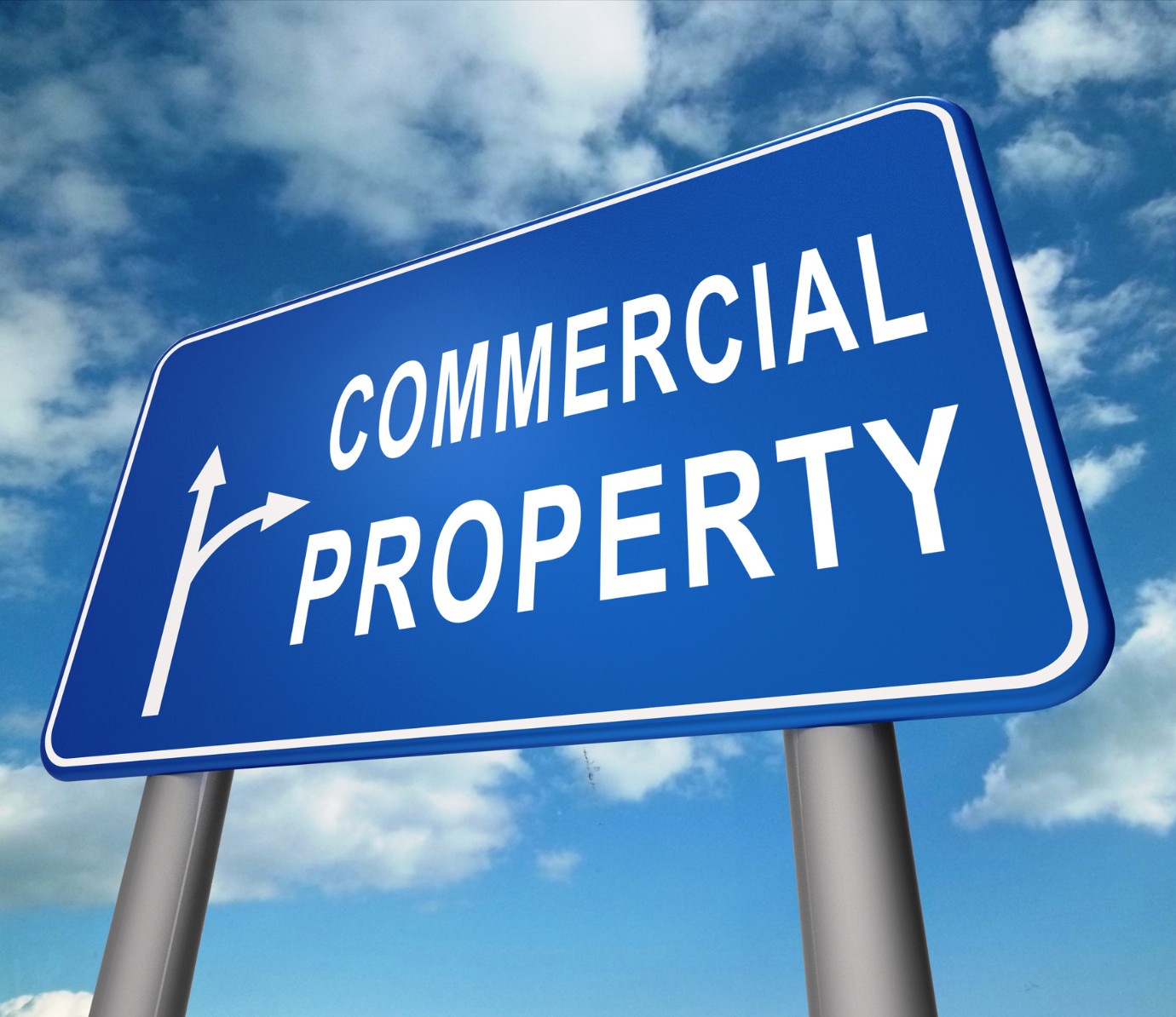Commercial Truck Value By VIN: Unlocking Your Asset’s True Worth pickup.truckstrend.com
In the dynamic world of commercial trucking, a vehicle is far more than just a mode of transport; it’s a critical business asset. Whether you’re a fleet manager expanding operations, an independent owner-operator looking for an upgrade, or a dealer preparing a truck for sale, accurately assessing a commercial truck’s value is paramount. Gone are the days of relying solely on guesswork or broad market averages. Today, the most precise and reliable method for valuing a commercial truck hinges on one crucial identifier: its Vehicle Identification Number (VIN).
Commercial Truck Value By VIN refers to the comprehensive process of leveraging the unique 17-character alphanumeric code to uncover a truck’s precise specifications, history, and market context, thereby determining its true market value. This isn’t just about identifying the make and model; it’s about drilling down to the specific engine, transmission, axle configuration, original equipment, and historical data that profoundly impact a truck’s utility, lifespan, and, ultimately, its worth. Understanding and utilizing VIN-based valuation transforms a speculative transaction into an informed, data-driven decision, offering unparalleled transparency and confidence for all parties involved.
Commercial Truck Value By VIN: Unlocking Your Asset’s True Worth
Understanding the VIN: Your Truck’s Digital Fingerprint
At its core, a VIN is a globally standardized identifier for individual motor vehicles, ensuring that no two vehicles manufactured within a 30-year period have the same VIN. For commercial trucks, this alphanumeric sequence is a treasure trove of information, meticulously encoded to reveal specific details about the vehicle’s origin and characteristics.
The 17 characters of a VIN are broken down into three main sections:
- World Manufacturer Identifier (WMI) – Characters 1-3: Identifies the country of origin, manufacturer, and type of vehicle. For example, "1G" might denote General Motors, USA, while "3H" could be Honda, Mexico.
- Vehicle Descriptor Section (VDS) – Characters 4-9: Describes the general attributes of the vehicle. This is where you’ll find information about the truck’s body style, engine type, transmission, series, and sometimes even its Gross Vehicle Weight Rating (GVWR) or braking system.
- Vehicle Identifier Section (VIS) – Characters 10-17: This unique section identifies the specific vehicle. It includes the model year (character 10), the assembly plant (character 11), and a unique serial number (characters 12-17).

By decoding the VIN, one can reconstruct the vehicle’s original build sheet, detailing everything from the horsepower and torque of the engine to the type of sleeper cab, the presence of a PTO (Power Take-Off), or specific axle ratios. This level of detail is indispensable for accurate valuation.
Why VIN-Based Valuation is Superior for Commercial Trucks
The commercial truck market is vastly more complex than the passenger vehicle market. Trucks are highly specialized tools, often custom-built or significantly modified for specific applications. A standard "book value" based purely on make, model, and year can be wildly inaccurate. This is where VIN-based valuation shines, offering distinct advantages:
- Unparalleled Accuracy: Unlike generic valuation guides, a VIN lookup provides the exact specifications of that specific truck as it left the factory. This includes engine size, transmission type, axle configuration, wheelbase, GVWR/GCWR, and any factory-installed specialized equipment. These details profoundly impact performance, fuel efficiency, and suitability for various tasks, directly influencing market value.
- Revealing the Hidden History: A VIN is the key to unlocking a vehicle’s past. Through specialized databases, a VIN can reveal crucial historical data such as accident reports, flood damage, salvage titles, odometer discrepancies, lien statuses, and even some maintenance records. This transparency protects buyers from undisclosed issues and helps sellers demonstrate the integrity of their asset.
- Risk Mitigation: For buyers, a comprehensive VIN check minimizes the risk of purchasing a truck with a problematic history or incorrect specifications. For sellers, it provides documented proof of the truck’s features and clean history, justifying a higher asking price and building buyer confidence.
- Informed Financial Decisions: Lenders, insurance companies, and appraisers rely heavily on VIN-derived data. Accurate VIN-based valuation ensures fair financing terms, appropriate insurance premiums, and precise depreciation calculations for fleet management and tax purposes.
- Beyond Generic Book Values: Commercial trucks are not commodities. Two trucks of the same year and model can have vastly different values due to variations in engine size, transmission type, sleeper configurations, or specialized bodies (e.g., dump, reefer, tanker). VIN-based valuation accounts for these critical distinctions, providing a value reflective of the truck’s actual utility and market demand.


The Key Data Points a VIN Unlocks for Valuation
To truly understand a commercial truck’s value, a VIN decoder provides access to a wealth of data points, each contributing to the overall assessment:
- Core Drivetrain Specifications: Engine make, model, horsepower, torque, and emissions tier. Transmission type (manual vs. automatic, number of speeds). Axle configuration (e.g., 4×2, 6×4), axle ratios, and suspension type. These define the truck’s power, efficiency, and suitability for specific hauling tasks.
- Chassis and Body Details: Wheelbase, frame material, GVWR (Gross Vehicle Weight Rating), GCWR (Gross Combination Weight Rating), and original body type (e.g., conventional, cab-over, day cab, sleeper). For vocational trucks, the original upfit or chassis-cab configuration is critical.
- Original Equipment & Features: This includes auxiliary power units (APUs), liftgates, PTO systems, specific HVAC systems, advanced safety features (ABS, stability control), and specialized interior packages. These additions significantly enhance functionality and value.
- Manufacturing Details: The specific assembly plant and precise build date (month/year) can be important for identifying early or late model year changes, or even quality control trends associated with particular facilities.
- Recall Information: The VIN can reveal if there are any outstanding safety recalls that need to be addressed, which can impact the truck’s roadworthiness and resale value if unresolved.
How to Obtain and Utilize VIN-Based Valuation Reports
Obtaining a comprehensive VIN-based valuation report is a straightforward process, but it requires knowing where to look and how to interpret the results.
- Identify the VIN: The VIN is typically found on the driver’s side door jamb, on the dashboard visible through the windshield, stamped on the truck’s frame rail, or on the vehicle’s title and registration documents.
- Choose a Reputable Service: Several specialized services cater to commercial truck valuation:
- Industry-Specific Valuation Guides: Services like JD Power Commercial Truck Guide (formerly NADA Commercial Truck Guide) and Black Book provide detailed valuation insights based on VIN and market data.
- Auction Houses & Listing Sites: Major platforms like TruckPaper, Ritchie Bros., and IronPlanet often offer VIN lookup tools or integrate valuation services for their listings.
- VIN History Report Providers: While services like Carfax and AutoCheck are more common for passenger vehicles, some offer commercial vehicle reports, providing accident history, title brands, and odometer readings.
- OEM Dealer Networks: Authorized dealerships can sometimes access a truck’s full factory build sheet and service history using the VIN.
- Input the VIN and Pay the Fee: Most comprehensive services require a fee for a detailed report. The cost varies depending on the depth of information provided.
- Interpret the Report:
- Verify Specifications: Cross-reference the report’s detailed specifications with the physical truck and the seller’s claims.
- Review History: Look for red flags like salvage titles, severe accident history, flood damage, or odometer rollbacks. A clean history significantly boosts confidence and value.
- Market Adjustments: The report may provide a base value, which then needs to be adjusted based on the truck’s actual condition (cosmetic and mechanical), mileage/hours, and current market demand. Compare it to recent comparable sales (comps) if available.
- Outstanding Recalls: Check for any open recalls and factor in the cost and effort of addressing them.
Practical Advice and Actionable Insights:
- Always Get the VIN Early: Before investing time in a physical inspection or negotiation, always obtain the VIN. It’s your first line of defense.
- Use Multiple Sources: If possible, cross-reference information from a VIN history report with a specialized commercial truck valuation guide for a holistic view.
- Don’t Skip the Physical Inspection: While the VIN reveals history and original specs, it doesn’t tell you the current mechanical condition or the quality of maintenance. A thorough inspection by a qualified mechanic is still crucial.
- For Sellers: Be transparent. Provide the VIN upfront and consider running your own VIN report to demonstrate the truck’s clean history and precise specifications. Highlight unique, VIN-verified features.
- For Buyers: Use the VIN report as a powerful negotiation tool. If discrepancies are found or issues uncovered, you have leverage to request repairs, a price reduction, or to walk away.
Factors Beyond the VIN that Influence Value (But are Informed by VIN)
While the VIN provides foundational data, other critical factors contribute to the final valuation:
- Current Condition: This includes the mechanical state of the engine, transmission, axles, brakes, and tires, as well as the cosmetic condition of the exterior and interior. A truck’s maintenance records (though not always tied to a central VIN database) are vital here.
- Mileage/Engine Hours: For commercial trucks, high mileage or extensive engine hours (especially for vocational trucks with PTO use) significantly impact value dueating to wear and tear.
- Maintenance History: A well-documented history of regular, professional maintenance adds considerable value, indicating the truck has been properly cared for.
- Market Demand & Location: Regional economic conditions, industry-specific demand (e.g., oil & gas, construction), and even the time of year can influence market prices.
- Aftermarket Add-ons & Modifications: While some VIN-derived reports cover factory options, aftermarket additions like specialized toolboxes, custom sleeper interiors, or advanced telematics systems need to be assessed separately.
- Title Status: A clean title is paramount. Any title brands (e.g., salvage, rebuilt, flood, theft) will drastically reduce value, regardless of the VIN’s original specifications.
Challenges and Solutions in VIN-Based Valuation
While invaluable, VIN-based valuation isn’t without its challenges:
- Cost of Reports: Comprehensive reports can incur fees, which might seem like an added expense.
- Solution: View it as a necessary investment that mitigates risk and ensures a fair transaction. The cost is negligible compared to potential losses from a bad purchase.
- Incomplete Data: Not all service records, especially from independent shops, are reported to centralized databases.
- Solution: Always request physical maintenance records from the seller. Combine VIN data with a thorough physical inspection and professional appraisal.
- Niche or Highly Customized Builds: It can be challenging to find direct comparable sales for unique or highly specialized commercial trucks.
- Solution: Consult with specialized appraisers or dealers who focus on that particular type of equipment. Leverage industry forums and networks for insights.
- VIN Cloning/Fraud: While rare, especially for commercial vehicles due to stricter regulations and inspections, VIN cloning can occur.
- Solution: Always verify the VIN in multiple locations on the truck (door jamb, dashboard, frame) and ensure it matches the title and registration. Be wary of inconsistent paperwork.
Commercial Truck VIN Valuation Service & Impact Table
To illustrate how VIN-derived data influences valuation and the typical costs associated with obtaining this critical information, consider the following:
| VIN Data Point Category | Impact on Value | Explanation |
|---|---|---|
| Engine & Drivetrain | High: Fuel efficiency, power, reliability | Specific engine model, horsepower, torque, emissions compliance (e.g., EPA 2010, GHG 2017), transmission type (manual/auto), axle ratios. Directly affects performance & operating costs. |
| Chassis & Body Type | High: Suitability for specific applications | Wheelbase, frame material, GVWR/GCWR, sleeper/day cab configuration, original body type (e.g., dump, reefer, flatbed, vocational chassis). Determines primary use and niche market. |
| Original Equipment (OEM) | Moderate to High: Enhanced functionality, comfort | Factory-installed APUs, PTOs, advanced safety features (e.g., collision mitigation, lane departure), premium interior packages, specialized lighting. Adds to utility and driver appeal. |
| Manufacturing Details | Low to Moderate: Quality perception, recall history | Build plant, exact build date (model year transition point). Can subtly influence perceived quality or highlight specific recall campaigns. |
| Historical Data (via VIN) | Very High: Risk assessment, title integrity | Accident history, flood damage, salvage/rebuilt titles, odometer discrepancies, lien status. Directly impacts marketability and financeability. |
Typical Costs for Commercial VIN Valuation Reports (Estimates):
| Service Type | Cost Range (USD) | Information Provided | Best For |
|---|---|---|---|
| Basic VIN Check (Free – Limited) | $0 | Manufacturer, model year, make, engine type (sometimes). | Quick initial verification; not sufficient for valuation. |
| VIN History Report (e.g., Carfax/AutoCheck Commercial) | $30 – $60 | Accident history, title brands, odometer checks, service records (if reported), recall info. | Buyers needing to verify vehicle history and title status. |
| Commercial Truck Valuation Guide Access (e.g., JD Power, Black Book) | $50 – $200+ (per report or subscription) | Detailed original specifications, base valuation, market adjustments, comparable sales data. | Buyers, sellers, lenders, and appraisers needing comprehensive market value assessments. |
| OEM Build Sheet Retrieval | Varies (often free via dealer) | Exact factory specifications, original options, sometimes service bulletins. | Verifying original build specs; often used in conjunction with other valuation tools. |
Frequently Asked Questions (FAQ)
Q1: Is a VIN check truly necessary for every commercial truck purchase?
A1: Absolutely. Given the significant investment and the specialized nature of commercial trucks, a VIN check is essential for uncovering accurate specifications and critical history, mitigating risk for both buyers and sellers.
Q2: Can a VIN tell me the truck’s current mechanical condition?
A2: No. The VIN provides original specifications and historical data (like accidents or title issues). It does not reveal the current mechanical state, wear and tear, or the quality of ongoing maintenance. A physical inspection by a qualified mechanic is always required for this.
Q3: Where can I find the VIN on a commercial truck?
A3: The VIN is typically located on the driver’s side door jamb, on the dashboard visible through the windshield, stamped on the truck’s frame rail, and listed on the vehicle’s title and registration documents.
Q4: Are free VIN check websites reliable for commercial trucks?
A4: Free VIN checks usually offer very limited information (make, model year, basic specs). For comprehensive historical data, detailed specifications, and accurate valuation, you will need to use a paid, reputable commercial truck valuation service.
Q5: How does a VIN help with financing or insurance for a commercial truck?
A5: Lenders use the VIN to verify the exact asset they are financing, assessing its value and risk. Insurance companies use it to determine accurate premiums based on the truck’s specific features, safety ratings, and historical data.
Q6: Can a VIN be faked or altered on a commercial truck?
A6: While rare and highly illegal, VIN cloning or alteration can occur. Always verify the VIN in multiple locations on the truck and ensure it matches all documentation. If discrepancies exist, proceed with extreme caution and seek expert advice.
Conclusion
In the demanding world of commercial trucking, precision in valuation is not a luxury but a necessity. The Vehicle Identification Number stands as the cornerstone of this precision, offering a granular view into a truck’s identity, history, and original capabilities. By diligently utilizing VIN-based valuation services, buyers gain the confidence to invest wisely, sellers can accurately price their assets, and all stakeholders can engage in transactions built on transparency and informed decision-making.
Moving beyond general assumptions to data-driven insights provided by a truck’s VIN is an investment in certainty and a safeguard against costly mistakes. In a market where every specification and every mile counts, understanding Commercial Truck Value By VIN is the definitive step towards unlocking your asset’s true worth and securing a successful journey ahead.
